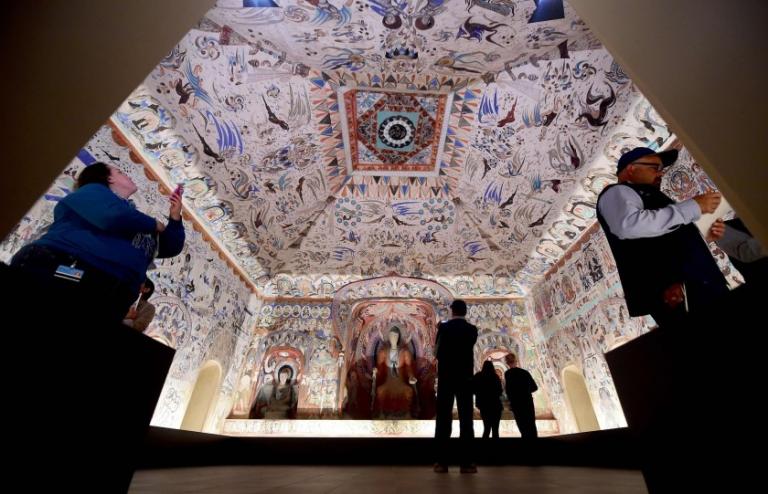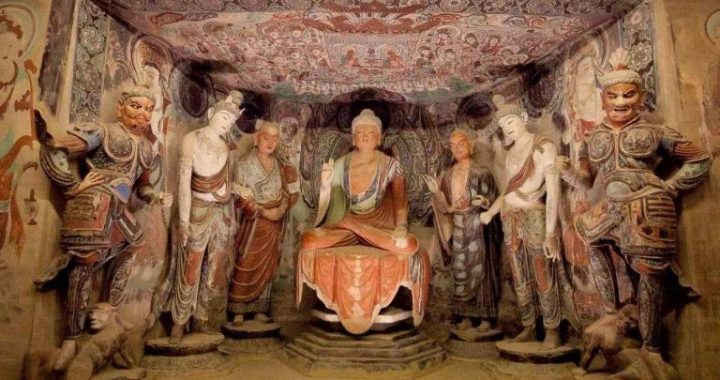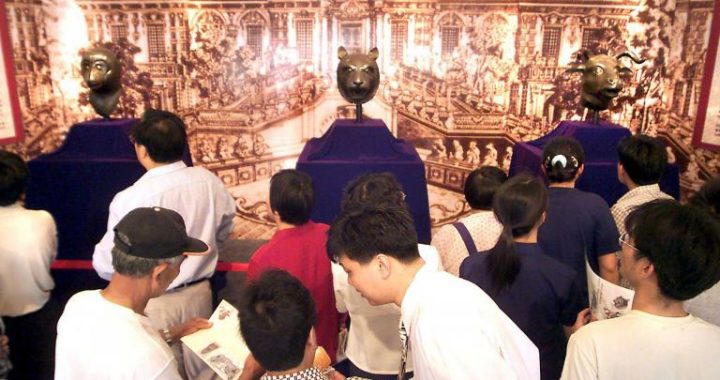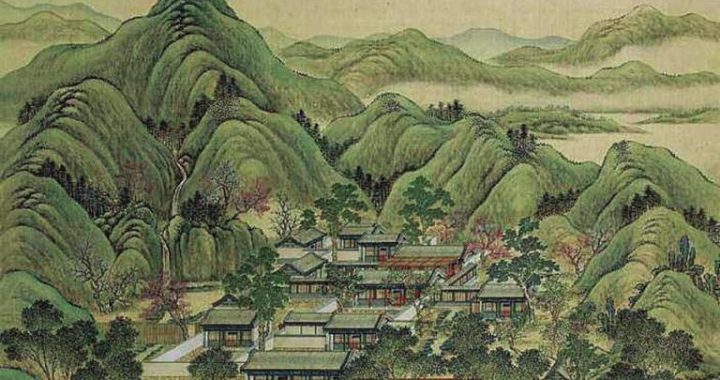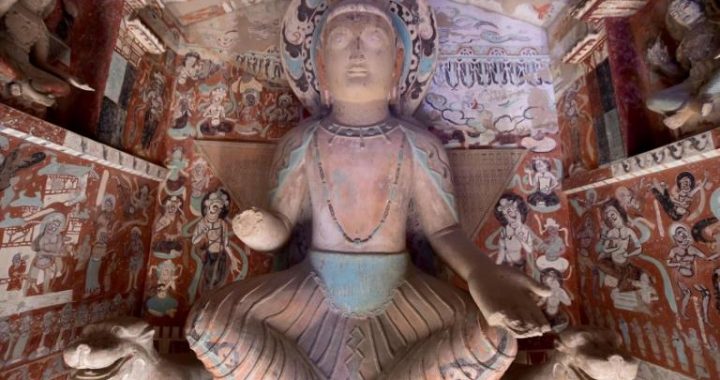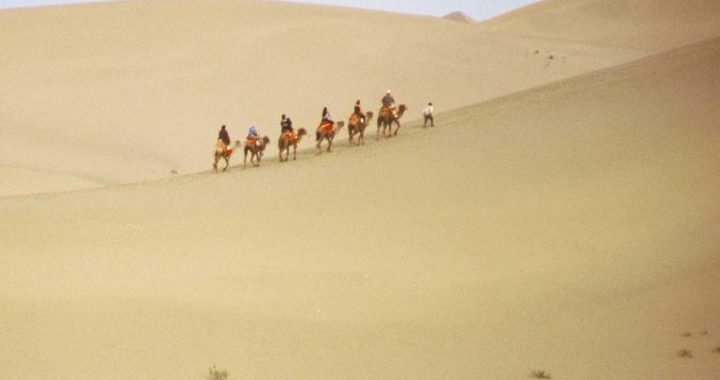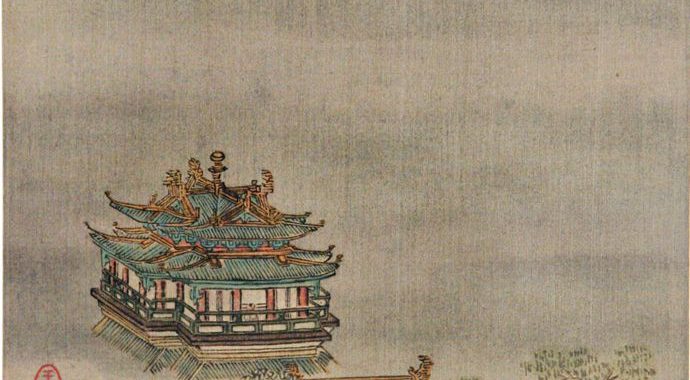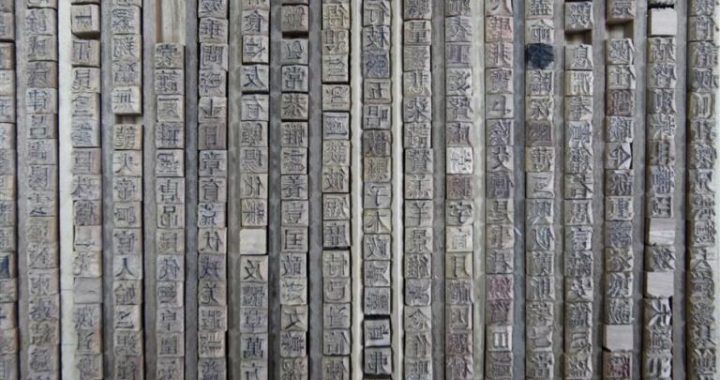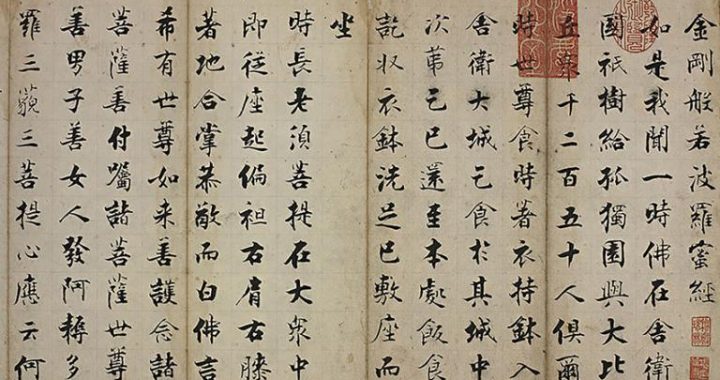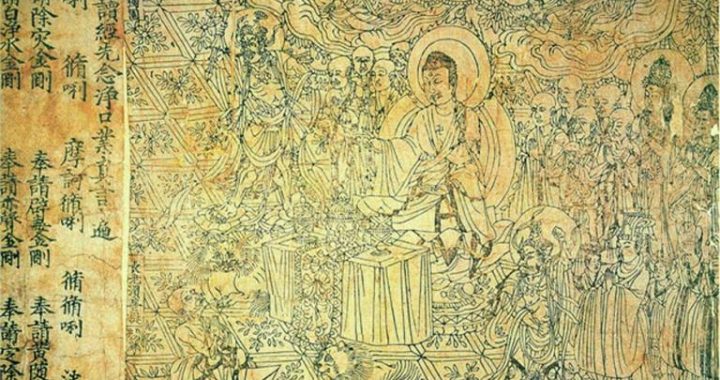The story of foreign explorers and Dunhuang
4 min readSince the discovery of the Library Cave in 1900, the British, French, Russian, Japanese and other foreign “explorers”and expeditions rushed in. They cheated Wang the Taoist into selling them the relics in the Library Cave so that a large quantity of them were scattered overseas.

The first foreign explorer who came to the Library Cave was the Hungary-born English Aurel Stein. In 1900-1901, he went on his first Central Asian expedition in Xinjiang, China and unearthed a large number of ancient texts from Khotan and the Niya ruins. He came to China on his second expedition in 1906-1908 revisiting both places and digging at the ancient Kroraina ruins. Further into Hexi Corridor he unearthed a large quantity of the Han bamboo sticks along the Great Wall inDunhuang. On the latter expedition, Stein came to Dunhuang. He learned of Wang Yuanlu’s discovery of the manuscripts in the Library Cave. Taking advantage of theWang’s ignorance and worship for famous Tang dynasty monk Xuanzang, he swindled 24 chests of manuscripts and 5 chests of silk paintings and fabrics unearthed from the Library Cave at the very cheap price of his donation of three silver ingots. On his third expedition into the Central Asia in 1913-1915, Stein came to Dunhuang again after revisiting Khotan, Niya, and Kroraina, and grabbed over 570 more items of Dunhuang manuscripts from Wang. His plunders in Dunhuang won him benefit and high fame. Up until today, many people still think he were the discoverer of the Dunhuang documents in the Library Cave!
Following Stein’s footsteps was Paul Pelliot,a French sinologist. In 1906, Pelliot led his expedition team to Xinjiang, China. When he was told that Wang the Taoist discovered a small chamber when cleaning the caves and found it filled with manuscripts, he abandoned his scheme in Xinjiang and hurried to Dunhuang. At this moment, Wang was busy repairing the Taiqing Temple. He was in urgent need of another “donation”because the silver “donated”by Stein had been almost used up. So Pelliot gained the access to the Library Cave easily and spent three weeks in the cave under the feeble candlelight searching for his choices. With his profound learning of the historical literature of China and the Central Asia, Pelliot selected the most precious documents in the Library Cave. Apart from that, he also robbed some of the excellent artworks.
When the English and French explorers came and robbed treasures, the Japanese were unreconciled to be left behind. They organized three Otani expeditions to China’s northwest. In 1908,0tani Kouzui sent Zuicho Tachibana and others to the northwest of China on the second expedition and had important archeological excavations in the Turfan area, particularly in Kroraina, and obtained a quantity oextremely important relics among which was the most famous Li Bo’s Manuscripts. In 1910, Otani Kouzui again sent Zuicho Tachibana to China’s northwest; however, Chinawas then in turmoil because of the Revolution in 1911 and he lost the message of Zuicho Tachibana, therefore sent Yoshikawa Koichiro to look for him. In 1911, Yoshikawa Koichiro arrived at Dunhuang where he purchased statues and sutra scrolls from Wang, while Zuicho Tachibana came to Dunhuang too when he got the message to meet Yoshikawa. They both bargained with Wang over the purchase and like robbers they broke into Wang’s house to take away more than 160 scrolls of Dunhuang treasure with just a little silver.
Following the English, French, and Japanese expeditions, the Russian Sergei Fedorovich 01denburg set his target at the Mogao Grottoes of Dunhuang. In 1914, he arrived at Dunhuang with his team. He made an overall investigation of the Mogao Grottoes, took over 2,000 photos systematically, drew the layout of the caves, recorded their natural conditions, and found a large quantity of ancient artwork fragments and incomplete manuscripts after digging the ground and the covering sand.
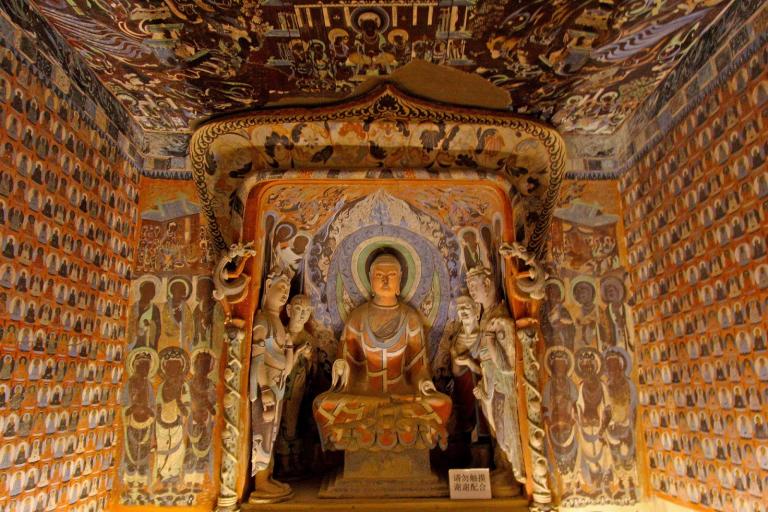
In addition,0ldenburg also purchased some manuscript fragments from the local people. The First World War broke out then and the team was obliged to stop its investigation in a hurry and its members went back one after another.
World War I brought a pause to the expedition of foreign explorers, and Dunhuang experienced a period of relative rest of ten years. However, good days won’t last. By the end of 1923, Langdon Warner came on an expedition with his tearto China’s northwest with the support of the Fogg Art Museum, Harvard University.
His chief destination was Dunhuang. Since the Library Cave was now almost empty, Warner turned his eyes to the murals. He soaked gauze with a special chemical solution, stuck it onto the mural, and removed a dozen pieces. He also stole a beautiful statue of a worshipping bodhisattva of the Tang dynasty. He used up the solution and could not strip more murals but he did not stop there. In 1925, he came to Dunhuang again with the glue makers for the purpose of stripping all the paintings in Cave 285 and bringing them back to America. This time he was being watched and discouraged by the local people and government and therefore his wistful thinking did not come true.
